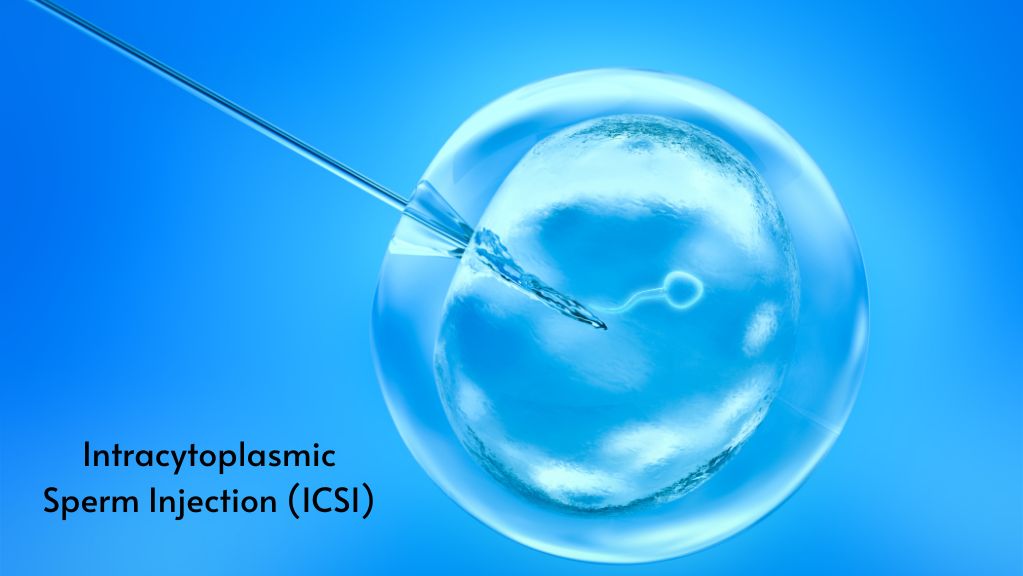
Intracytoplasmic Sperm Injection, or ICSI for short, is a special technique used in fertility treatments to help couples who struggle with infertility. It’s like a helping hand for sperm to fertilize an egg when they face difficulties on their own. In this blog with Gaudium IVF, the best IVF Centre in Bengaluru, we are going to discuss intricate details of ICSI.
How Does ICSI Work?
During traditional fertilization, a sperm swims to an egg and penetrates its outer layer to fertilize it. But sometimes, the sperm might not be strong enough to do this by itself. That’s where ICSI comes in.
In ICSI, a tiny needle, thinner than a human hair, is used to inject a single sperm directly into the egg. This increases the chances of fertilization because the sperm doesn’t have to travel to the egg on its own. It’s like giving the sperm a shortcut to reach its destination.
Who Can Benefit from ICSI?
ICSI is often used in cases where the sperm face challenges reaching and fertilizing the egg. This could be due to low sperm count, poor sperm motility (ability to move), or abnormalities in the sperm shape. Couples who have tried other fertility treatments without success may also opt for ICSI.
ICSI Procedure Step by Step
The ICSI procedure usually takes place as part of in vitro fertilization (IVF). Here’s how it typically works:
1. Ovarian Stimulation: The woman undergoes hormonal treatment to stimulate her ovaries to produce multiple eggs.
2. Egg Retrieval: Once the eggs are mature, they are retrieved from the woman’s ovaries using a minor surgical procedure.
3. Sperm Collection: On the same day as egg retrieval, the man provides a sperm sample. If there are issues with sperm quality or quantity, a sperm sample can be obtained through other means, such as testicular biopsy.
4. ICSI: Under a microscope, an embryologist selects a healthy-looking sperm and injects it directly into an egg using a fine needle.
5. Fertilization: After the sperm injection, the eggs are monitored to see if fertilization occurs. If successful, the fertilized eggs (embryos) are then transferred into the woman’s uterus.
6. Embryo Transfer: A few days after fertilization, one or more embryos are transferred into the woman’s uterus, with the hope that they will implant and result in pregnancy.
ICSI Success Rates and Risks
ICSI can significantly improve the chances of fertilization, even in cases of severe male infertility. However, like any medical procedure, it’s important to understand both the benefits and risks.
ICSI Success Rates: The success of ICSI varies depending on several factors, including the age of the woman, the quality of the eggs and sperm, and the expertise of the medical team. On average, the success rate of ICSI ranges from 40% to 50% per cycle.
ICSI Risks: While ICSI is generally safe, there are some risks involved. These may include the possibility of genetic abnormalities in offspring, although the risk is very low. Additionally, there’s a small chance of damage to the eggs or embryos during the injection process.
Conclusion
Intracytoplasmic Sperm Injection (ICSI) is a remarkable advancement in fertility treatment, offering hope to couples facing challenges with conception due to male infertility or other factors. By directly injecting sperm into eggs, ICSI can overcome many barriers to fertilization and increase the chances of a successful pregnancy. However, it’s essential for couples to discuss their options with the best fertility specialist in Bengaluru to determine if ICSI is the right choice for them.



